Share the post "How Much Soccer Players Run (Training/Games)"
Running and jogging are essential parts of a soccer game. Professional soccer players are running or on the move the entire time as long as they are on the field.
Soccer players can run up to 8 miles per game, which is replicated during training. They often run more than this in training because a training session is between 2 and 3 hours long.
It must be noted that constantly running with stopping and turning to replicate a game does not fully prepare you for a game.
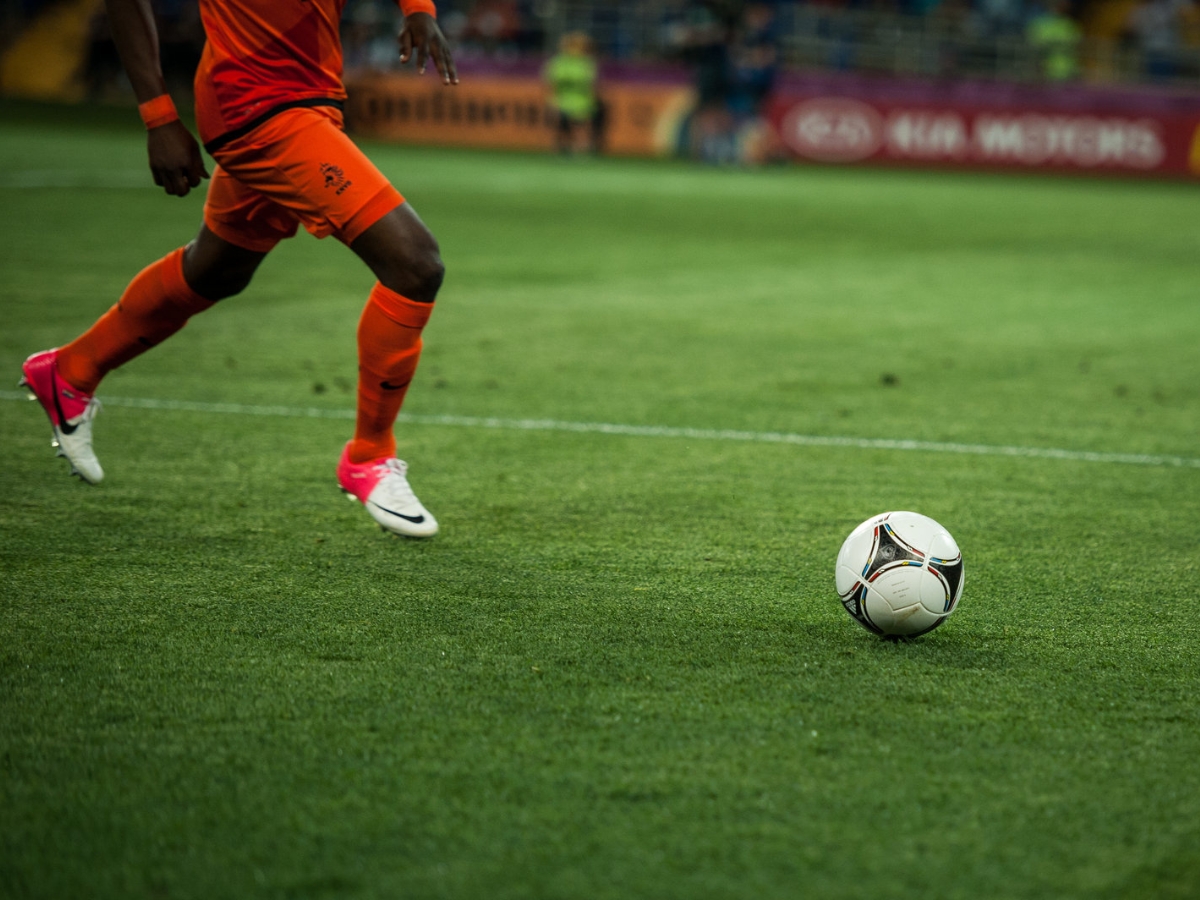
- Do Professional Soccer Players Run During Practice and Training Sessions?
- Do Soccer Players Need to Run Every Day?
- Should Soccer Players Run During Soccer Training?
- How Fast a Professional Soccer Player Should Run?
- Miles a Professional Player Runs During a Soccer Game
- How Pro Soccer Players Perform Training?
- Importance of Running in Soccer
Do Professional Soccer Players Run During Practice and Training Sessions?
Technology has brought many advancements to all types of sports. Modern game analytics and sports science have changed how teams prepare players for games.
Today professional players perform different types of exercises to improve their fitness levels, and most of them include running or jogging. In other words, they run and jog while sprinting for a short distance or stretching body parts.
It’s important to note that training undoubtedly involves a lot of running. Still, professional soccer players rarely run for an extended period at a constant speed to cover a long distance. They run for a few minutes as warm-ups before the actual training session starts.
Soccer players usually do anaerobic exercise that involves aggressive activities and intense training. On the other hand, jogging is an aerobic exercise because it’s a light activity done over a long period.
Anaerobic activity isn’t done for an extended period. Short sprints with top speed are a great example of anaerobic activity.
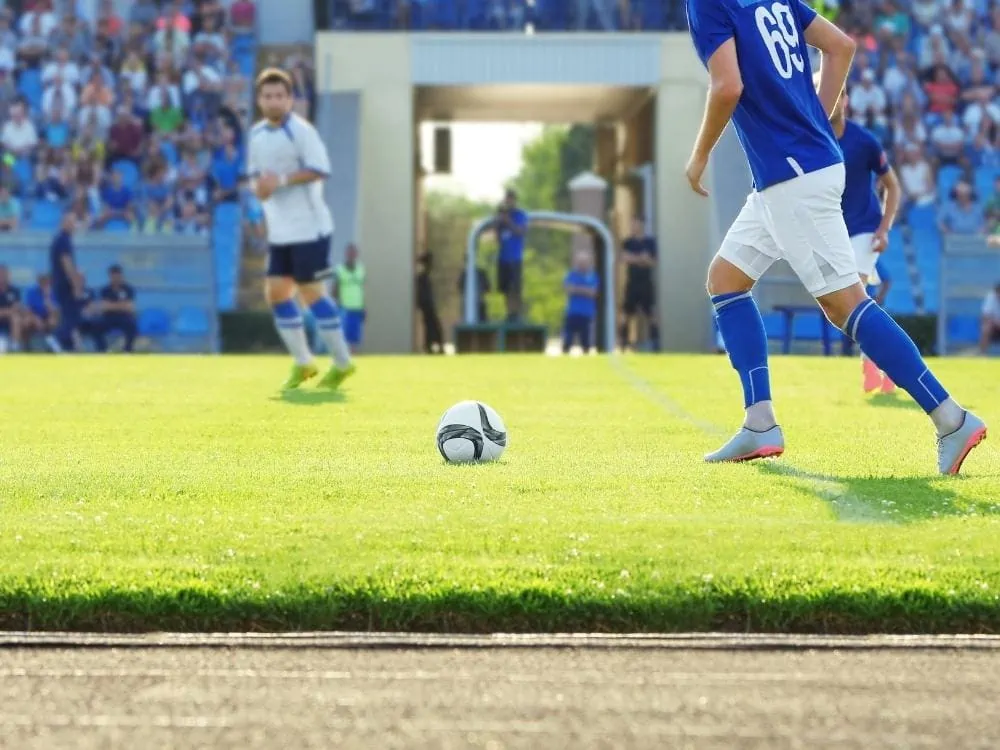
Do Soccer Players Need to Run Every Day?
Soccer players do perform some sort of running in almost every training session, but they don’t need to run every single day.
Like other athletes, soccer players also have rest days and are advised not to perform any type of exercise, including running and jogging.
For better preparation, every professional player usually has at least one day of rest per week. It allows their muscles and bodies to restore energy and relax to perform better in the next game.
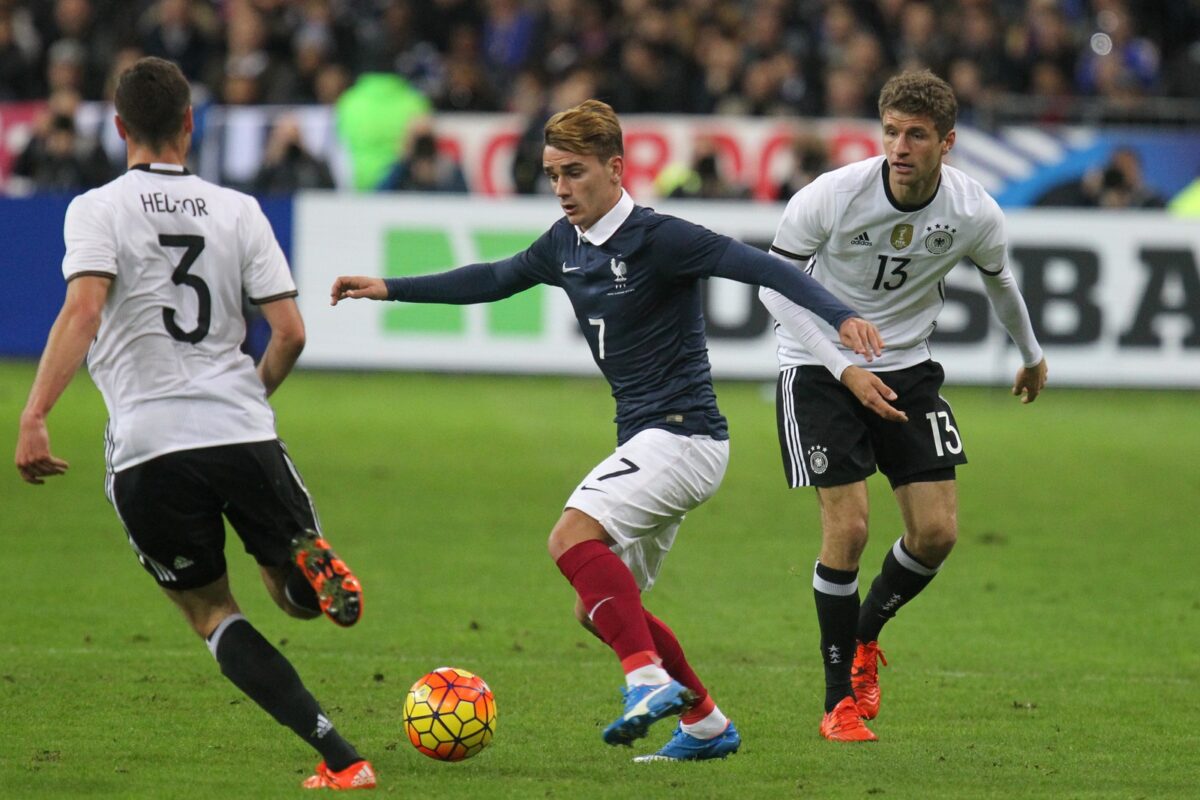
Should Soccer Players Run During Soccer Training?
Soccer players do require some aerobic exercise to maintain their fitness level but long-distance running and jogging aren’t effective for them. Long-distance running at a steady pace can be harmful to soccer players.
Can Running Affect Soccer Players Negatively?
Soccer is a power sport that requires drastic and powerful movements and running or jogging at a consistent pace for a long period can make players slower and weaker.
By running long distances, the body of a professional soccer player will adapt to a slow tempo as it empowers the slow-twitch muscle fibers. The fast-twitch muscle fibers will weaken, making the soccer player slower.
So, soccer players shouldn’t run long during the training session. Your soccer coach might suggest you perform interval training because it’s the best way to improve stamina for professional players.
Soccer Players Are Athletes
Soccer players, just like other athletes such as tennis players, high jumpers, and sprinters, need to perform explosive and high-intensity movements.
Their bodies have fast-twitch muscle fibers in large proportions. These muscles allow footballers to perform powerful and fast movements.
Jogging and running increase the proportion of slow-twitch muscle fibers, and their bodies become weaker and slower.
In other words, their fast-twitch muscle fibers are overwhelmed by the slow-twitch muscle fibers, and their soccer performance in the field drowns.
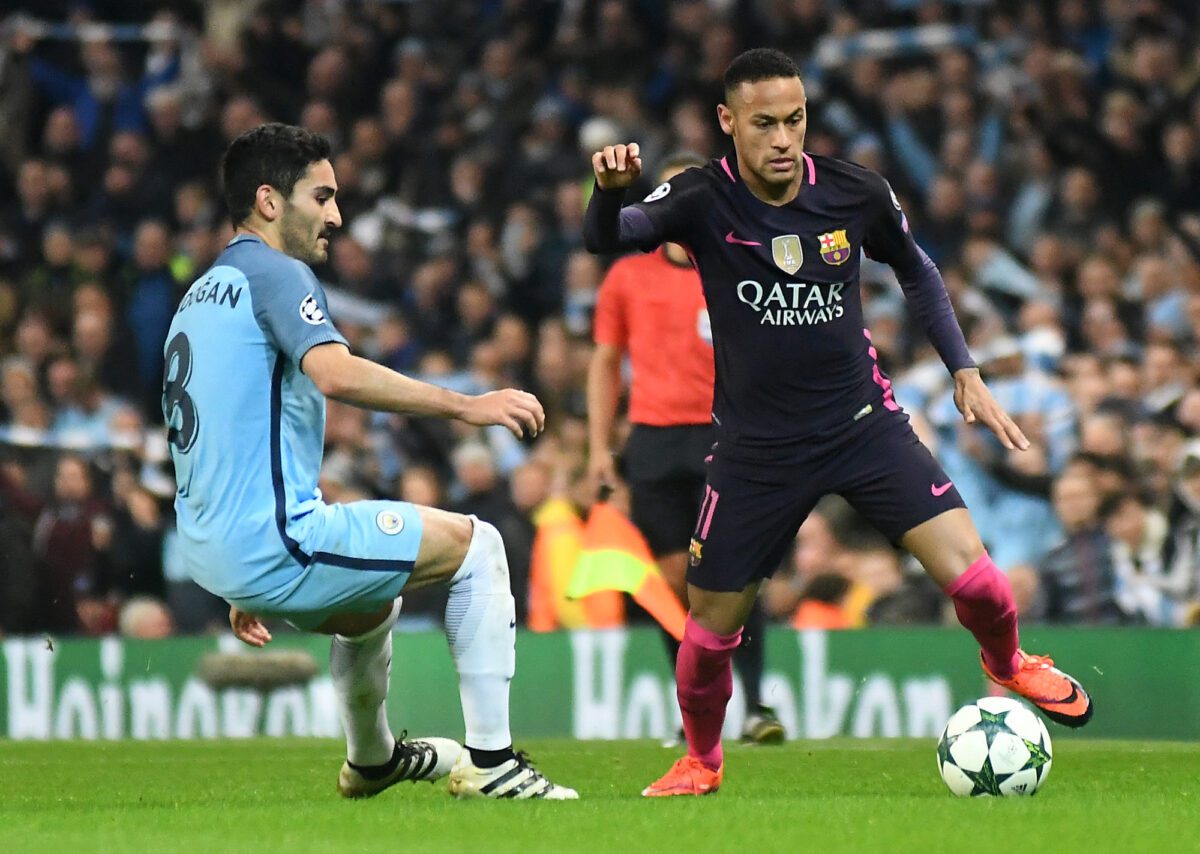
How Fast a Professional Soccer Player Should Run?
The simplest answer to this question is “as fast as one possibly can”. Top speed is critically important for every soccer player, regardless of his/her role and position. Speed allows a player to outperform their opponents.
According to stats, even the slowest speed of a Premier League player is more than 16.5 miles per hour. On the other hand, the fastest speed is about 22 miles per hour, and this record belongs to Shane Long.
Bear in mind that the Premier League is considered one of the most popular and best soccer leagues globally. It means you don’t really need to be as fast as Shane Long.
In fact, many world-famous stars perform exceptionally well but have a top speed slower than 18 miles per hour. You can have an even slower speed as it also depends upon your position.
For example, a defender doesn’t need to be as fast as a striker because s/he doesn’t always need to run with the ball to score a goal.
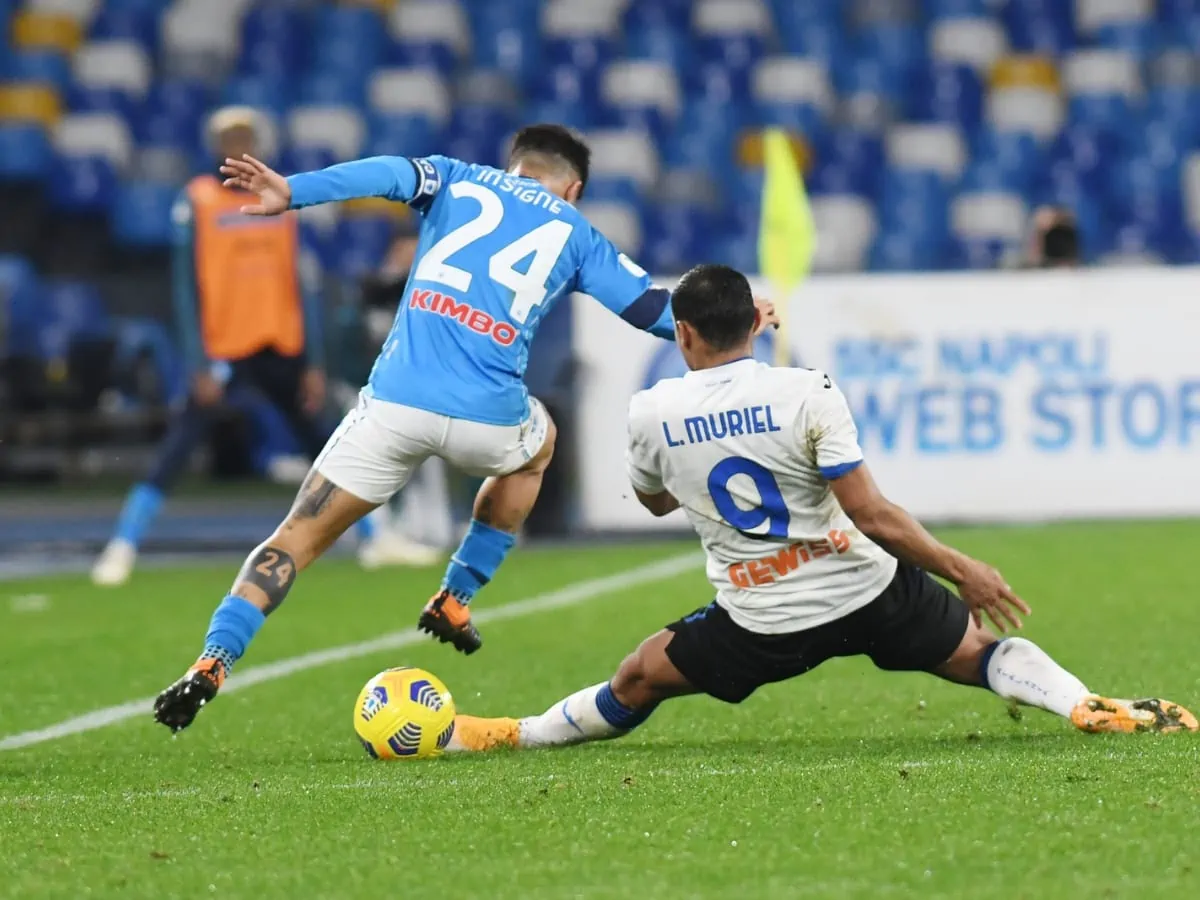
Miles a Professional Player Runs During a Soccer Game
Rare substitutes, a fast-moving ball, and a big soccer field only mean that professional soccer players need to run a lot during a single match.
The top and average speed don’t make a considerable difference because the distance covered majorly depends upon the sprints, jogs, trots, and walks.
According to the NBC Sports stats, a soccer player on average, covers a distance of 7 to 9.5 miles during a single soccer match.
The player’s position affects the distance run, and midfielders run and cover the most distance.
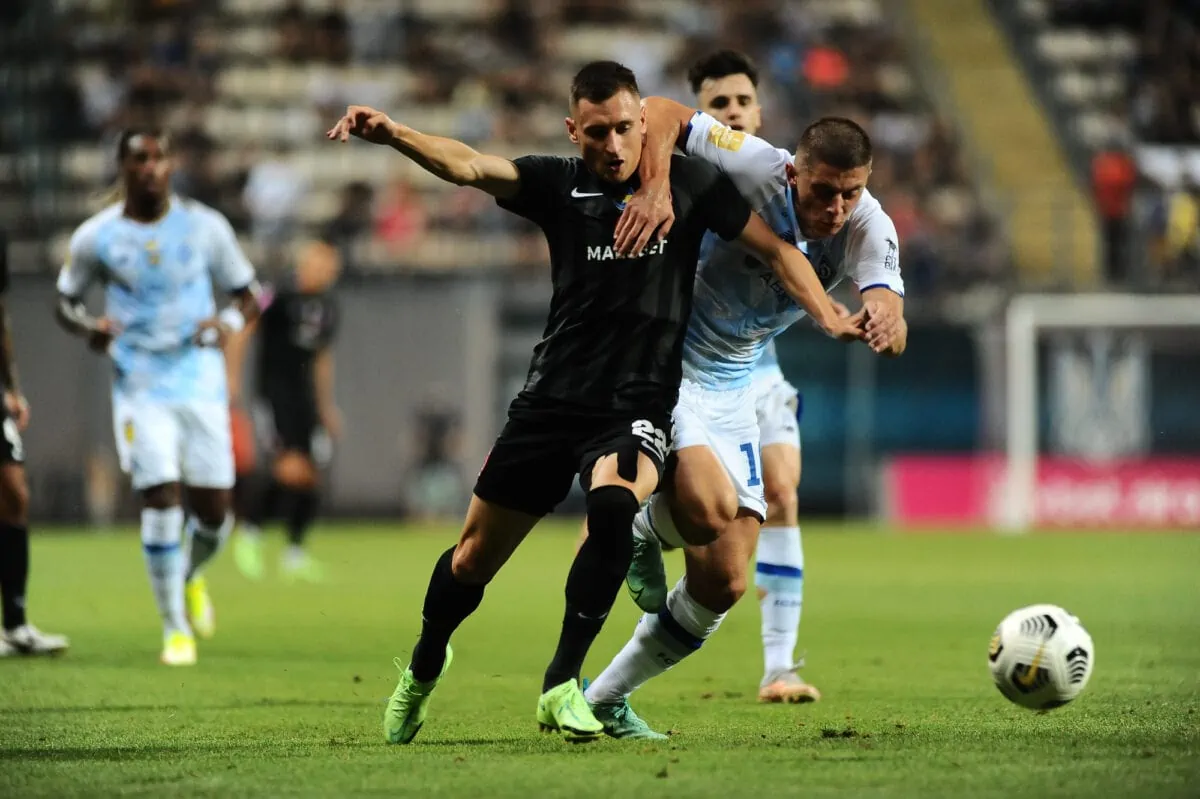
How Pro Soccer Players Perform Training?
Most pro players dribble, jump, sprint, and make abrupt changes in their running patterns during training sessions while performing high-intensity and top-speed runs. You’ll never see them doing long-distance running.
For one complete day after a game day, soccer players don’t perform any type of running.
After that, they perform resistance training that includes using resistance bands and kettlebells, squatting with weights, gym work, and weight lifting to strengthen their muscles.
Circle Practice
Many professional players also play the circle practice game in which the team forms a circle with two or three players standing in the middle. The players in the circle continuously pass the ball to one another.
The goal of the middle players is to try and snatch the ball before it reaches the players standing in the circle. It allows all the players to run a lot during this exercise and make drastic movements and changes to their speed.
Mini Soccer Game
Professional players also play a mini-soccer game for about 20 to 30 minutes on the field’s single side. It also involved a lot of running without predetermined patterns and time.
Sometimes a slow-paced run is followed by a short sprint with top speed and vice versa.
Different Programs for Different Roles
Not all pro soccer players follow the same type of training. Players with different roles follow different training programs.
For example, attacking players and wingers focus on strength conditioning and sprinting drills because speed is extremely important to them. Central midfielders usually focus on aerobic exercise, including interval training.
It improves the player’s ability to run at top speed for longer. In simple words, players follow exercises and drills that allow them to mimic movements that they’ll need during a soccer game.
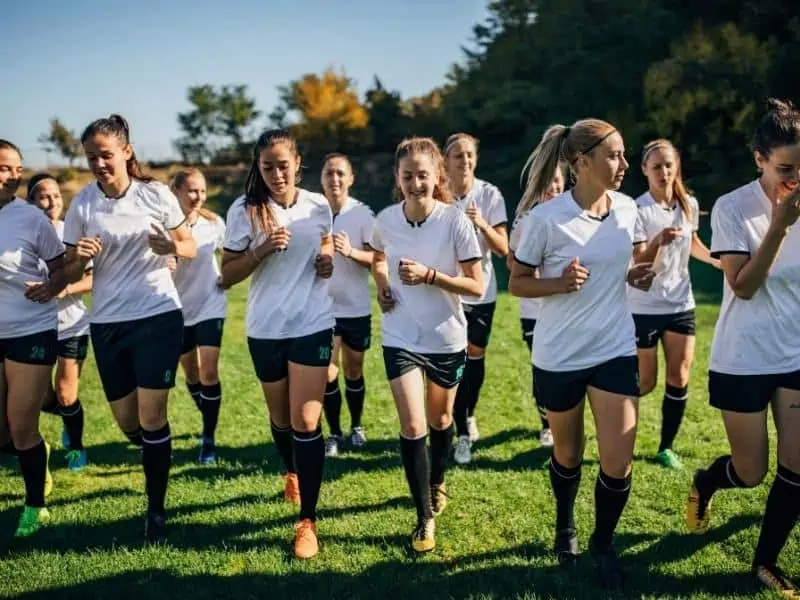
Importance of Running in Soccer
Overall running and jogging are a big part of a soccer match but the soccer training and practice are mainly focused on powerful and high-intensity movements.
That’s why running and jogging routines aren’t part of a training session for soccer players.
Soccer players do a lot of running during the off-season, pre-season, and training as they need high fitness levels.
But the purpose of that isn’t to set a record time for a marathon race.
Share the post "How Much Soccer Players Run (Training/Games)"
Joel is a seasoned soccer journalist and analyst with many years of experience in the field. Joel specializes in game analysis, player profiles, transfer news, and has a keen eye for the tactical nuances of the game. He played at various levels in the game and coached teams - he is happy to share his insight with you.



